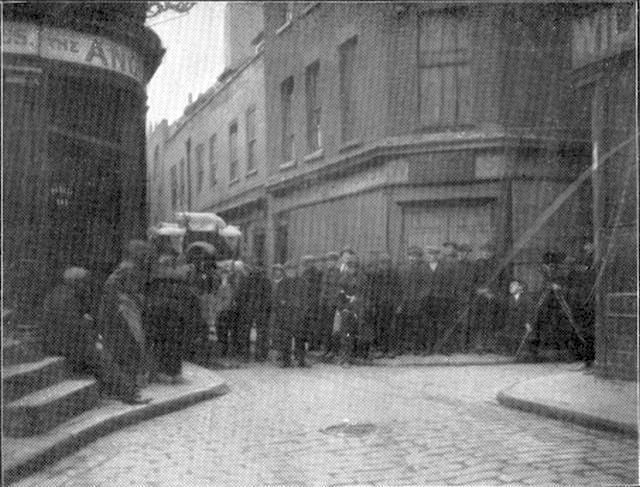The Mountain Eagle is a 1926 silent drama film, and Alfred Hitchcock's second as director, following The Pleasure Garden. The film, a romantic melodrama set in Kentucky, is about a widower who jealously competes with his crippled son and a man he loathes over the affections of a schoolteacher. The film was mostly produced at the Emelka Film studios in Munich, Germany in autumn of 1925, with exterior scenes shot in the village of Obergurgl in the State of Tyrol, Austria. Production was plagued with problems, including the destruction of a village roof and Hitchcock experiencing altitude sickness. Due to producing the film in Germany, Hitchcock had more directorial freedom than he would have had in England, and he was influenced by German cinematic style and technique.
Original film lobby card
Nita Naldi
The village of Obergurgl in the State of Tyrol, where the exterior footage of the film was shot
Sir Alfred Joseph Hitchcock was an English film director. He is widely regarded as one of the most influential figures in the history of cinema. In a career spanning six decades, he directed over 50 feature films, many of which are still widely watched and studied today. Known as the "Master of Suspense", Hitchcock became as well known as any of his actors thanks to his many interviews, his cameo appearances in most of his films, and his hosting and producing the television anthology Alfred Hitchcock Presents (1955–65). His films garnered 46 Academy Award nominations, including six wins, although he never won the award for Best Director, despite five nominations.
Hitchcock, c. 1960s
William Hitchcock, probably with his first son, William, outside the family shop in London, c. 1900; the sign above the store says "W. Hitchcock's". The Hitchcocks used the pony to deliver groceries.
Petrol station at the site of 517 High Road, Leytonstone, where Hitchcock was born; commemorative mural at nos. 527–533 (right)
Hitchcock (right) during the making of Number 13 in London







